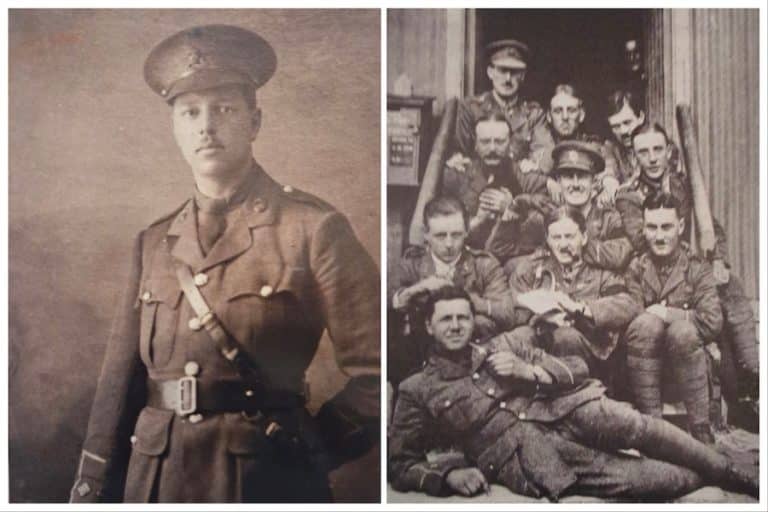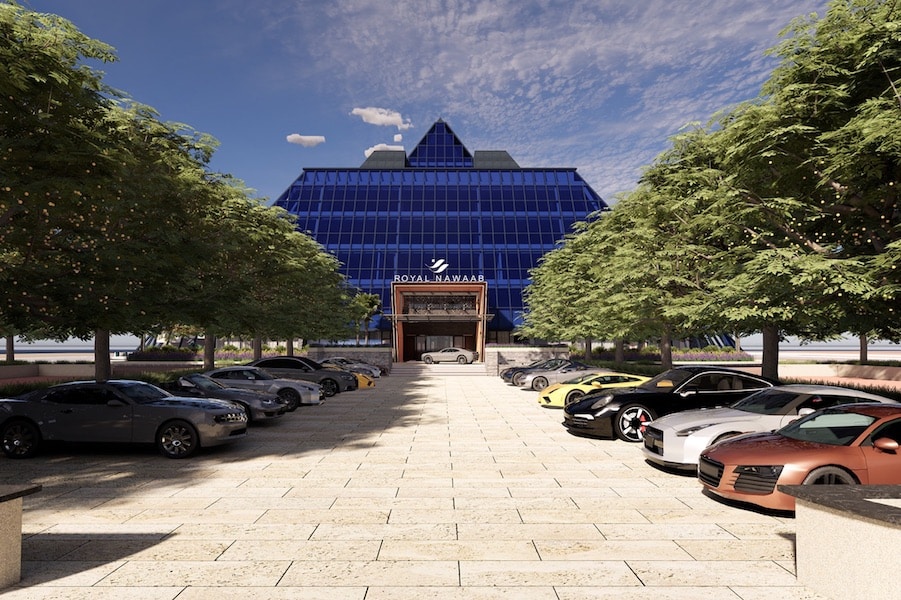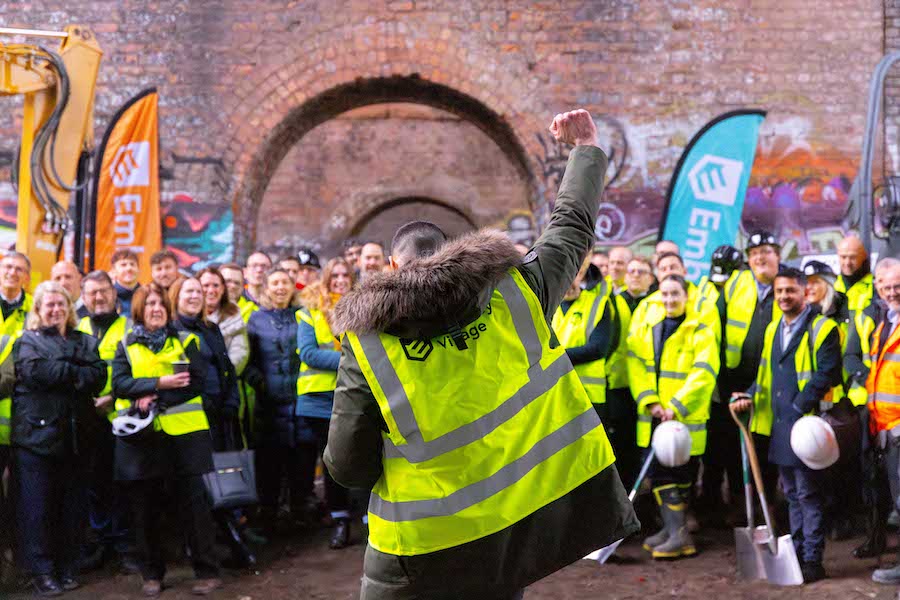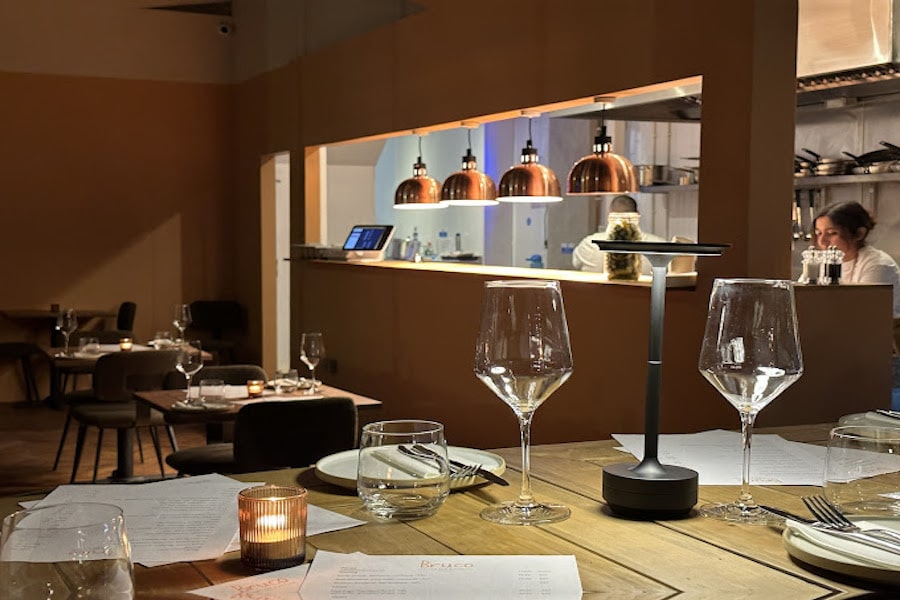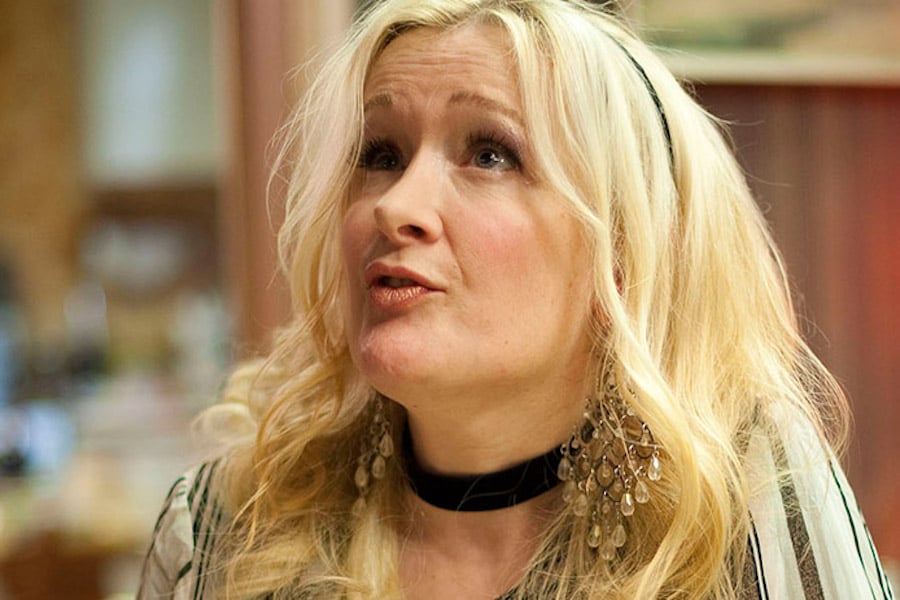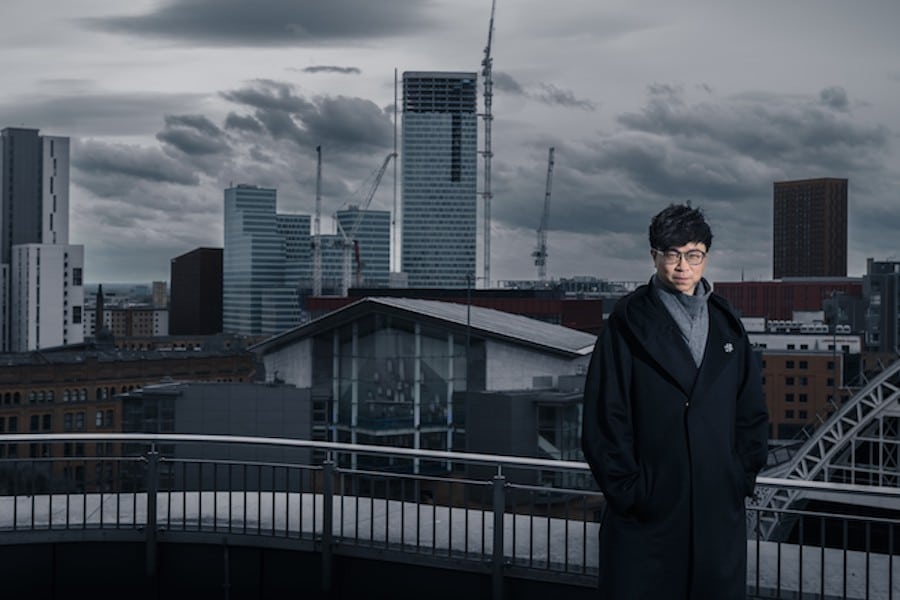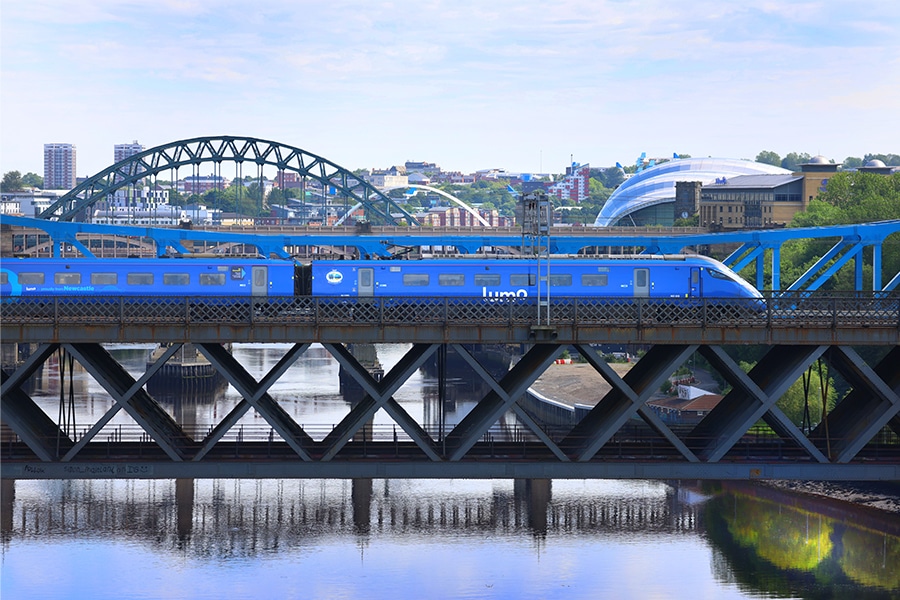The good, the bad and the ugly: the buildings Mancunians love to hate
- Written by Ray King
- Last updated 8 years ago
- Art & Design, City of Manchester, Culture, Property & Planning
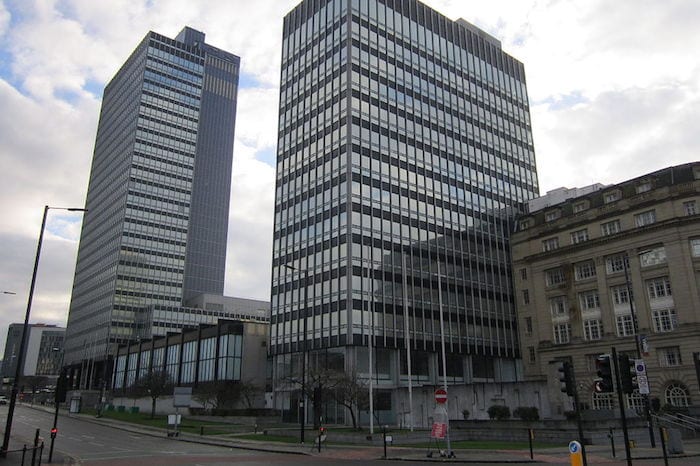
Tower blocks, brutalist modern architecture, high rise flats and offices built in the aftermath of the war. Don’t Mancunians who cherish the city’s Victorian heritage just hate ‘em?
“It’s true,” says Jack Hale, a founder member of the Manchester Modernist Society. “That’s why we exist.”
The Modernist Society, whose patrons include legendary Mancunian guitarist Johnny Marr, and writer and film maker Jonathan Meades, is a creative project dedicated to celebrating and engaging with 20th century architecture through publishing, events, exhibitions and creative collaborations.
On 21 April, it will launch Decades, an original publication tracking Manchester’s journey from Victorian industrial sprawl, emerging from the destruction of World War II, into the modern European city we see today. Spanning the years 1945-1984, a series of essays by James Thorpe and Eddy Rhead explores the transformation of the city through landmark buildings that came to dominate the cityscape.
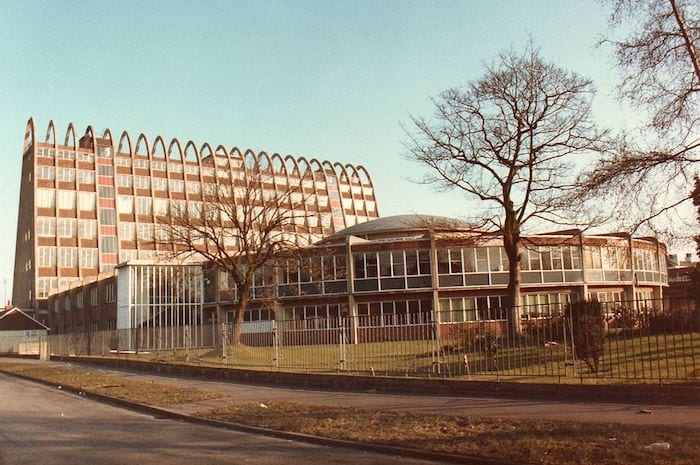
Jack admits there were good and bad modern buildings. Towering ambition didn’t always go hand in hand with the resources available to construct high quality buildings or, crucially, maintain them.
He says the immediate post-war period was a time of great optimism, Utopian ideas and social change which produced some “amazing substantial buildings”. He lists as amongst the best Oxford Road Station; UMIST’s Reynolds Building (now part of the University of Manchester); the CIS Tower; the Toast Rack, formerly Hollings College; the Royal Exchange Theatre and the former Granada TV HQ in Quay Street.
Amongst the worst, the now demolished council flats of “Fort” Ardwick and the swiftly deteriorating deck access flats of Hulme.
“The decades following WWII were a period of transformation for Manchester, culturally, politically, socially, economically,” says Jack. “These changes are reflected in the architecture of the city which has, in turn, impacted on the lives of ordinary people in Manchester.”
Jack detects a significant shift in the public’s attitude. “Back in the 1960s, lots of people thought that Victorian buildings were hideous and, as a result, many were neglected and were eventually pulled down. Times move on and the same thing later happened when brutalist modern architecture fell out of fashion. It was bound to happen. In a few years though, we will be wondering how some of these modern buildings came to be lost.”
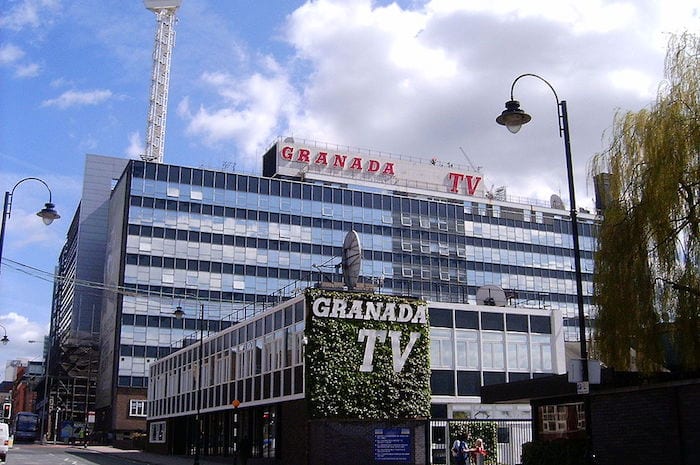
Similarly, perceptions of high-rise living have undergone profound change. Thirty years ago, residential tower blocks were equated with council flats into which some of the poorest people had been decanted from worn-out terraced housing pre-dating the Great War – often against their will.
The towers were unpopular, expensive to maintain, fell into neglect and many were demolished. Today it’s very different. People are willing to pay substantial sums to live in apartments on the upper floors of tower blocks.
“Recently built straight up and down apartment blocks in and around Castlefield could have been built in the 1960s,” says Jack, whose background is in art history and art administration.
“The big change in that time has been not so much about the buildings themselves, but in social attitudes towards them.”
Decades captures the uniquely Mancunian story behind the buildings we see every day, with essays on each decade focusing on one or two iconic buildings that act as a reminder of the optimistic vision of the past and the human endeavour behind Manchester’s ambitious regeneration.
It will be launched at a gathering on the footbridge over Princess Road between Upper Medlock Street and Birley Fields – a place familiar to any Joy Division aficionado, on Friday 21 April at 6pm, followed by presentations from contributors James Thorpe, Eddy Rhead and designer Jonathan Hitchen at the nearby Homes for Change building on Old Birley Street. For more information click here.
- This article was last updated 8 years ago.
- It was first published on 13 April 2017 and is subject to be updated from time to time. Please refresh or return to see the latest version.
Did we miss something? Let us know: [email protected]
Want to be the first to receive all the latest news stories, what’s on and events from the heart of Manchester? Sign up here.
Manchester is a successful city, but many people suffer. I Love Manchester helps raise awareness and funds to help improve the lives and prospects of people across Greater Manchester – and we can’t do it without your help. So please support us with what you can so we can continue to spread the love. Thank you in advance!
Got a story worth sharing?
What’s the story? We are all ears when it comes to positive news and inspiring stories. You can send story ideas to [email protected]
An email you’ll love. Subscribe to our newsletter to get the latest news stories delivered direct to your inbox.

English National Opera finds a new home in Manchester making opera accessible to all
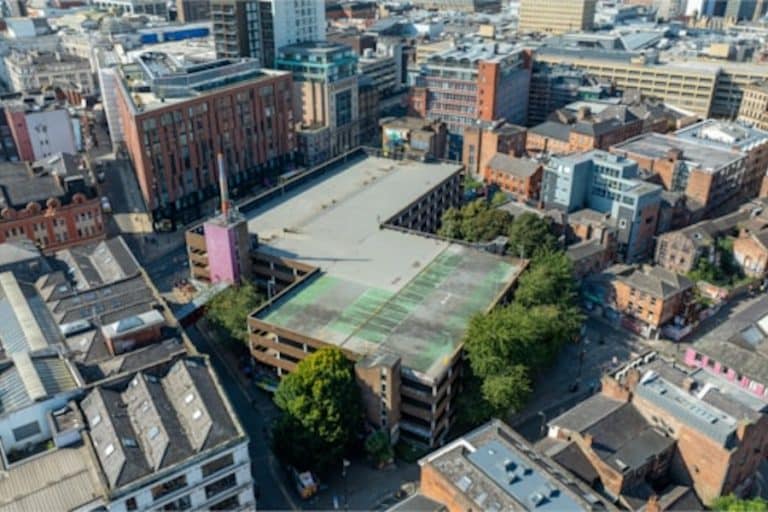
What will replace Northern Quarter’s Church Street multi-story car park?

How a community response is preventing Mancunians from going hungry this winter

“Great food at excellent value” An authentic taste of Naples arrives in Ancoats

Comedian spearheads campaign for a statue of beloved comic Caroline Aherne
